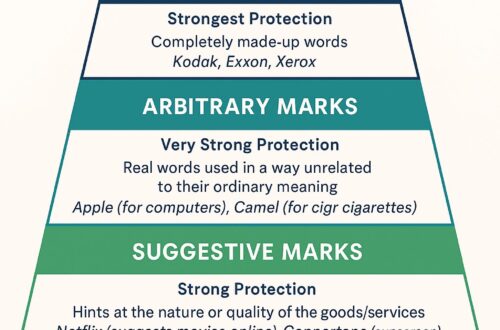The digital revolution has transformed how we create, share, and consume information, but it has also presented unprecedented challenges to intellectual property (IP) protection. The ease of digitizing content—whether a song, a movie, or a software program—has made unauthorized copying and distribution simpler than ever, undermining the value of creative and innovative works.
Copyright infringement, in particular, has reached industrial proportions in the digital sphere. Peer-to-peer file-sharing networks, pirate streaming sites, and social media platforms have become hotspots for unauthorized distribution. A 2023 report by the Global Innovation Policy Center estimated that digital piracy costs the global economy over $30 billion annually, with the film and music industries bearing the brunt. For example, a single pirate streaming site offering free access to blockbuster movies was found to have over 100 million monthly users, diverting revenue from studios and reducing funds available for future productions. Independent artists are hit hardest, as they lack the resources to pursue legal action against infringers, often seeing their work shared without compensation. Even educational materials are not immune: textbooks and research papers are frequently uploaded to unauthorized sites, harming publishers and authors.
Trademark counterfeiting has also evolved with digital tools, becoming more sophisticated and global. E-commerce platforms, while providing access to global markets, have inadvertently facilitated the sale of fake goods. Counterfeiters use high-quality printing and packaging to replicate trademarks, making it difficult for consumers to distinguish between genuine and fake products. In 2022, Amazon removed over 5 billion counterfeit listings, but experts estimate that millions more slip through the cracks. The consequences extend beyond financial losses: counterfeit electronics, for instance, often fail safety standards, risking fires or electric shocks. In the pharmaceutical sector, fake drugs—some containing harmful ingredients—have caused illness and even death, particularly in developing countries where enforcement is weaker. Luxury brands, too, suffer reputational damage when counterfeit versions of their products, of inferior quality, reach consumers.
Patent systems, designed for a pre-digital era, struggle to keep pace with rapid technological change. In fields like artificial intelligence (AI), where innovations emerge monthly, the current patent examination process—often taking 2–3 years—can render protections obsolete by the time they are granted. Moreover, AI itself complicates IP ownership: who holds the patent for an invention created by an AI system—its developer, the user, or the algorithm itself? This question has sparked legal debates worldwide, with courts in the U.S. and Europe currently grappling with landmark cases. In biotechnology, gene patents have raised ethical concerns, as companies claim exclusive rights to genetic sequences, potentially limiting access to life-saving diagnostics or treatments. A 2021 dispute between two biotech firms over CRISPR gene-editing patents resulted in a years-long legal battle that delayed the commercialization of therapies for genetic disorders.
Cross-border enforcement remains another critical challenge. IP laws vary significantly between nations: while the European Union has strict copyright regulations (such as the Digital Single Market Directive), some countries have lax enforcement, creating safe havens for infringers. For example, a counterfeit operation based in a country with weak IP laws can sell products globally via online marketplaces, evading legal action. International treaties like the Trade-Related Aspects of Intellectual Property Rights (TRIPS) aim to harmonize standards, but enforcement remains inconsistent. Developing countries, in particular, often prioritize access to affordable goods over strict IP protection, leading to tensions with developed nations. This divide was evident during the COVID-19 pandemic, when debates erupted over waiving patent rights for vaccines to increase access in low-income countries.
Addressing these challenges requires a multi-faceted approach. Technologically, blockchain offers promise for IP management, allowing creators to timestamp and track ownership of digital works transparently. Platforms like Verisart already use blockchain to issue digital certificates for art, reducing fraud. Legally, updating copyright laws to account for digital distribution—such as stricter penalties for pirate sites and clearer rules for user-generated content—can deter infringement. For patents, streamlining examination processes and establishing international databases to reduce overlaps could accelerate protection. Internationally, strengthening cooperation through organizations like WIPO and expanding agreements like TRIPS to include digital-specific provisions would enhance enforcement.
Ultimately, balancing protection with accessibility is key. Overly strict IP laws risk stifling innovation and limiting access to essential goods, while weak protection discourages creativity. By fostering dialogue between creators, governments, and consumers, societies can develop a framework that upholds the value of intellectual property in the digital age.
